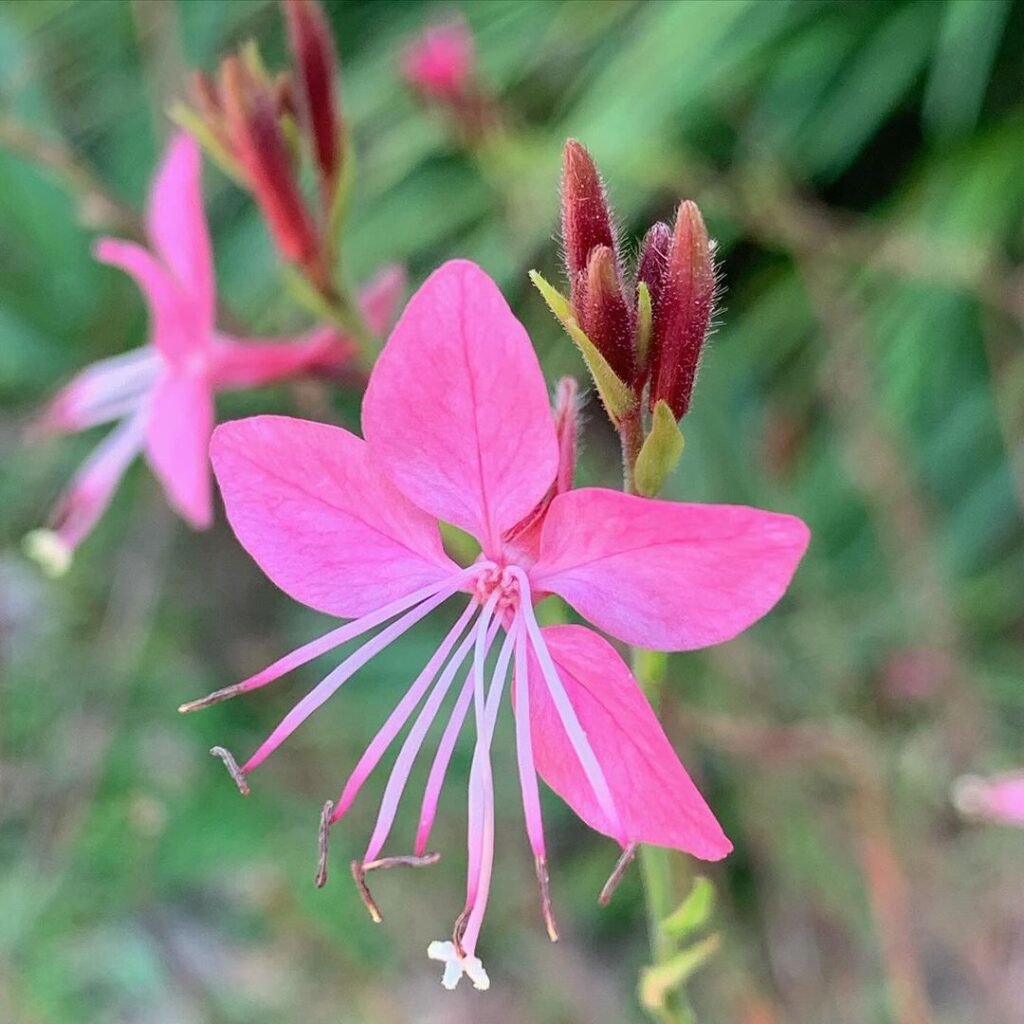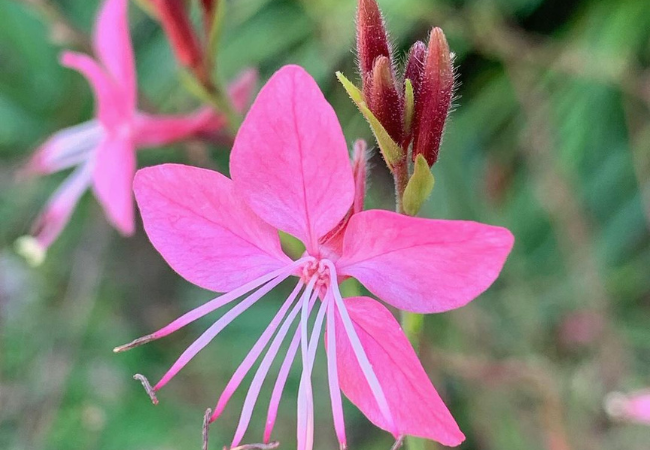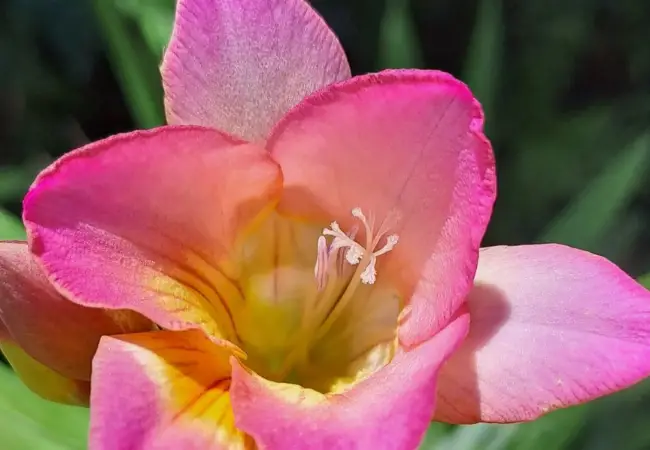Discover how to grow Gaura, the dancing butterfly flower, in your garden. This guide covers planting, care and tips for cultivating these delicate, long-blooming flowers across various US regions.
Have you ever seen flowers that seem to dance in the breeze? That’s Gaura for you! These delicate, pretty flowers can add movement and charm to any garden. Let’s explore how you can grow and enjoy these lovely plants.
Here’s an easy and verified chart for Gaura:
| Category | Details |
|---|---|
| Botanical Name | Gaura lindheimeri |
| Common Name | Gaura, Wandflower |
| Plant Type | Herbaceous perennial |
| Hardiness Zone | Zones 5-9 (depending on species) |
| Sun Exposure | Full sun to part shade |
| Soil Type | Well-draining, sandy to loamy soil |
| Watering Needs | Average; drought tolerant once established |
| Growth Habit | Upright, clump-forming |
| Height/Spread | 1-4 feet tall, spread of 1-3 feet |
| Special Features | Delicate, butterfly-like flowers in shades of white, pink or red on slender wands; blooms from late spring to fall; attracts pollinators like bees and butterflies; deer resistant; drought tolerant; suitable for xeriscaping |
What is Gaura?

Gaura, also known as Wandflower or Whirling Butterflies, is a native North American plant. Its scientific name is Gaura lindheimeri. These plants have tall, wispy stems with small flowers that look like butterflies floating in the air.
For a detailed botanical description, check out the USDA Natural Resources Conservation Service plant guide.
Why Grow Gaura?
- Looks like dancing butterflies in your garden
- Blooms for a long time, from spring to fall
- Attracts real butterflies and bees
- Easy to grow and doesn’t need much water
How to Plant Gaura
When to Plant:
Plant Gaura in spring after the last frost. To find out when that is in your area, use the USDA Plant Hardiness Zone Map.
Where to Plant:
Gaura likes full sun. Choose a spot that gets at least 6 hours of direct sunlight daily.
Soil:
These plants prefer well-draining soil. They can handle poor soil but don’t like wet feet. Learn more about soil drainage from the University of Minnesota Extension.
Planting Steps:
- Dig a hole twice the size of the root ball
- Place the plant in the hole at the same depth it was in its container
- Fill with soil and water well
Caring for Your Gaura
Water:
Water young Gaura plants regularly until they’re established. After that, they’re quite drought-tolerant.
Fertilizer:
Gaura doesn’t need much fertilizer. Too much can make them grow too tall and floppy. If your soil is very poor, you can add some compost in spring.
Pruning:
Cut back Gaura in late winter or early spring to keep it tidy. You can also trim it lightly during the growing season to encourage more blooms.
Winter Care:
In colder areas, cover the base of the plant with mulch for winter protection.
Common Problems and Solutions
- Root Rot: This happens when the soil is too wet. Make sure your soil drains well. The University of California Integrated Pest Management Program offers more information on preventing root rot.
- Leaf Spots: These fungal diseases can appear in humid conditions. The Clemson Cooperative Extension provides advice on managing leaf spot diseases.
- Deer Gaura: is usually deer-resistant, but young plants might need protection. Learn about deer-resistant gardening from the Rutgers New Jersey Agricultural Experiment Station.
Different Types of Gaura
- ‘Siskiyou Pink’: Has pink flowers
- ‘Whirling Butterflies’: Features white flowers
- ‘Crimson Butterflies’: Has pink flowers and dark red foliage
For more information on Gaura varieties, visit the Missouri Botanical Garden’s plant finder.
Interesting Facts About Gaura
- The name “Gaura” comes from the Greek word for “superb”
- Native Americans used Gaura roots for medicinal purposes
- Gaura flowers open in the evening and close the next day
Growing Gaura in Different Regions
Gaura can be grown in many parts of the USA:
- In hot, dry regions (like the Southwest), Gaura thrives with minimal care
- In humid areas (like the Southeast), make sure to plant in well-draining soil
- In colder regions (like the Northeast), Gaura might need winter protection
For region-specific gardening advice, check out the Cooperative Extension System website.
Using Gaura in Your Garden
- In cottage gardens
- As a border plant
- In wildflower meadows
- In container gardens
For more ideas on garden design, visit the National Gardening Association website.
Gaura is a delightful plant that can bring a sense of movement and lightness to your garden. Its long blooming period and low maintenance needs make it a great choice for many gardeners. Why not add some of these “dancing butterflies” to your garden this year?
For more gardening tips and plant care guides, visit usagardenhub.com.







2 Comments on “Gaura : The Dancing Butterfly Flower in Your Garden”